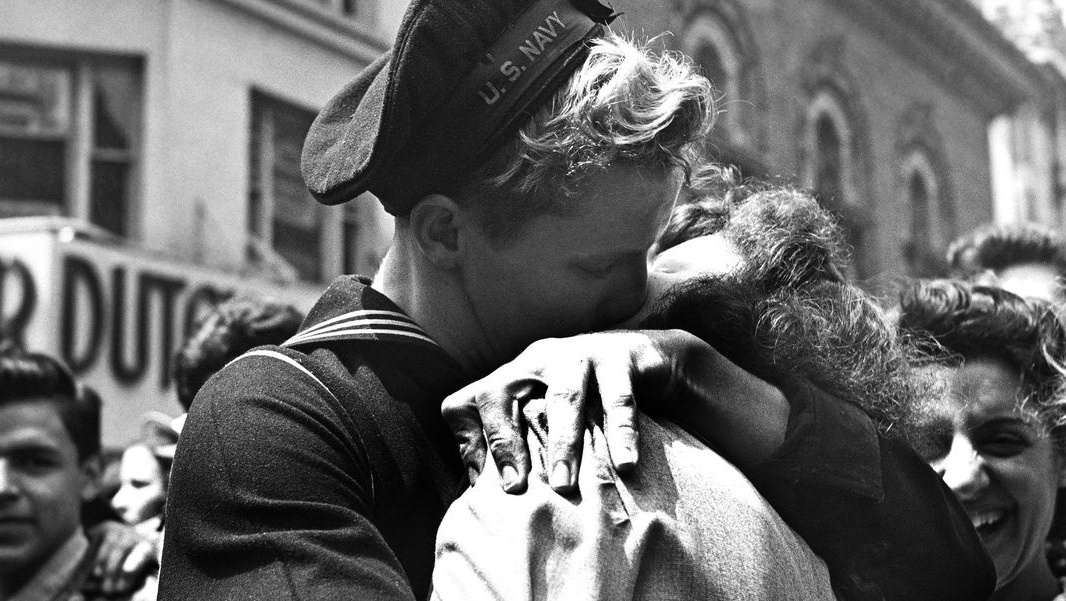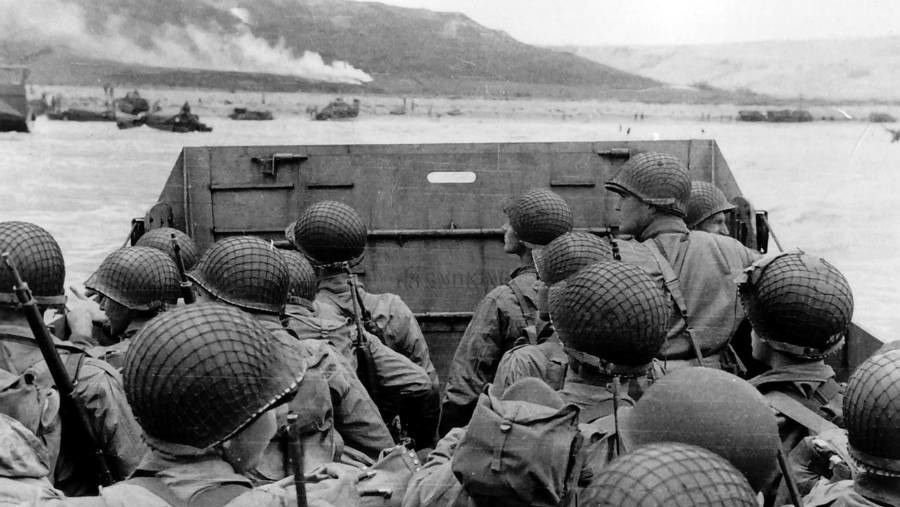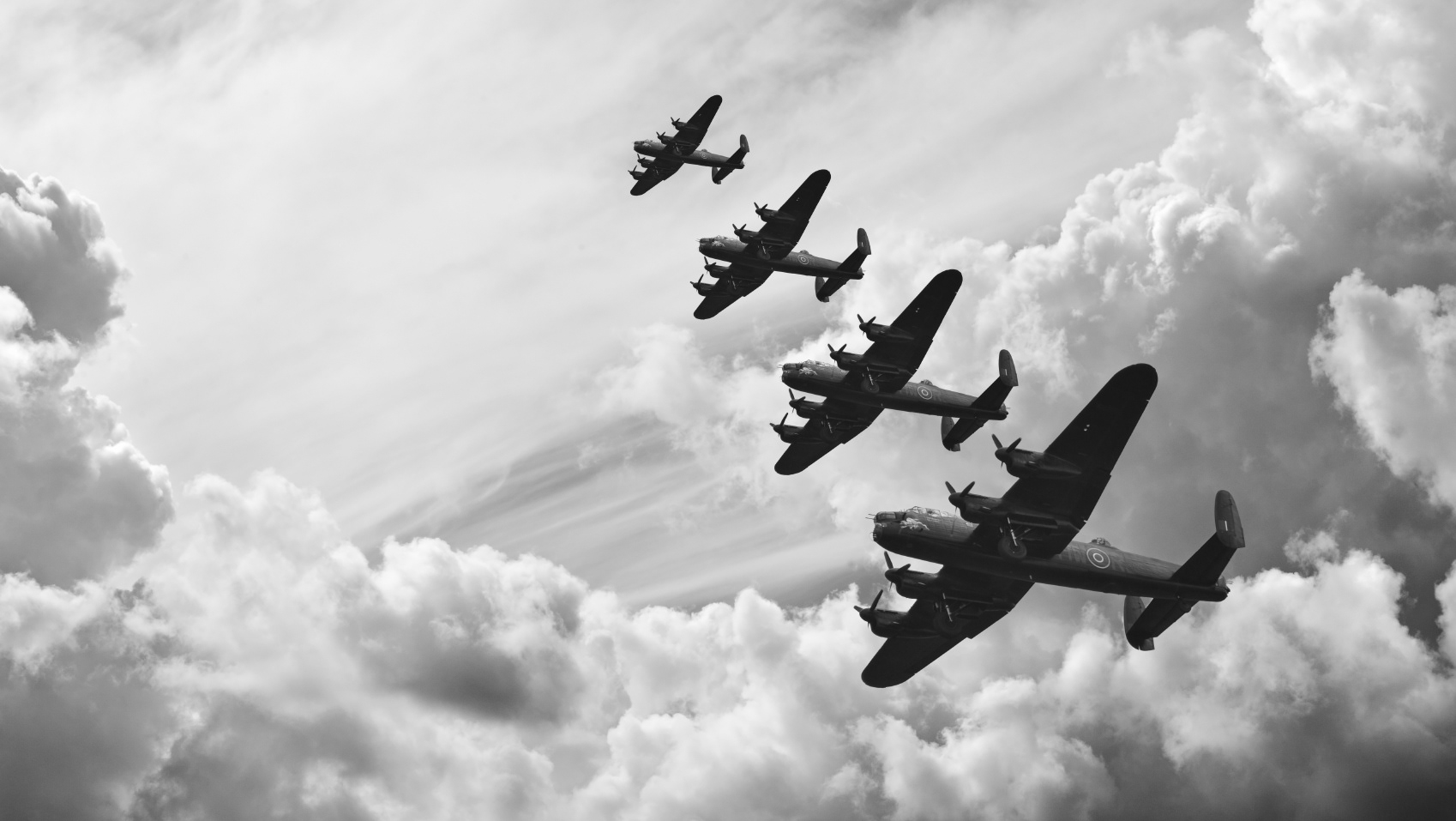American troops in the 16th Infantry Regiment injured after fighting in Omaha Beach, waiting for medical treatment on June 6, 1944 (Vento, 2012)
The tragedies people had to suffer through shaped the way they thought and felt and thus changed their view on creativity--it influenced the art they created, consumed, they lifted. World War 2 may have beaten the populace’s morales to the ground, left them with trauma, PTSD, injuries that could never heal. While many lost a part of themselves to the war, they found that they could express the pain and trauma through different mediums, whether that was a painting or a performance.
We may never be able to experience the tragedies of war. We won’t know what it is like to travel to the front lines, having to eat the bodies of fallen soldiers because the rations aren’t coming in. We won’t know what it is like to cower in a bunker as bombs cascade around us. We won’t know what it is like to stand on a battlefield, having to kill, to fight for a country that you feel has abandoned you because contact has been lost for weeks. Yet, we can try to sympathize. We can appreciate the positive outcomes, however how small. We can look at postmodernism art, feel the emotions the artist had when creating it, feel their pain, see it fleshed out on a canvas, a video, a comic. Once something has happened, it cannot be undone, but we can take that experience and bend it to our will as these artists. Many were not able to hide from the trauma and were eventually consumed by it, like Beksinski. But no matter what, we continue, endlessly, forward.




